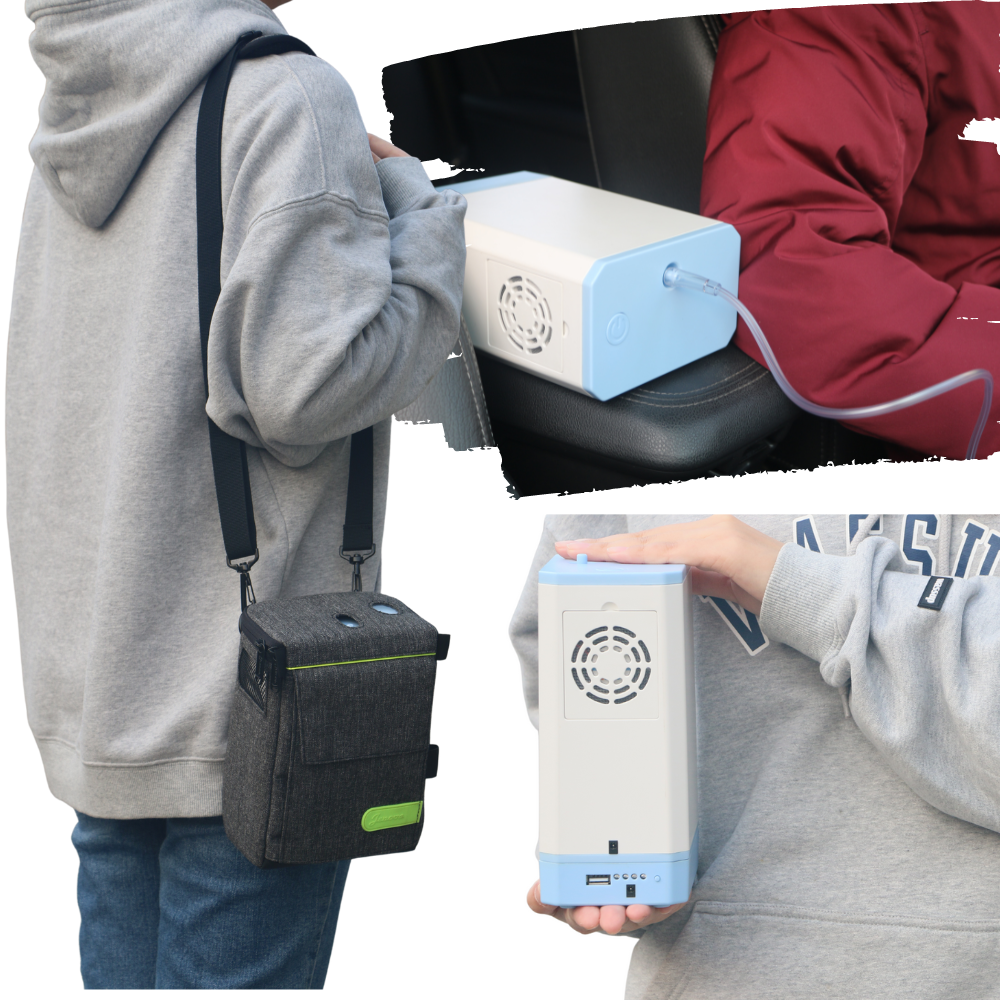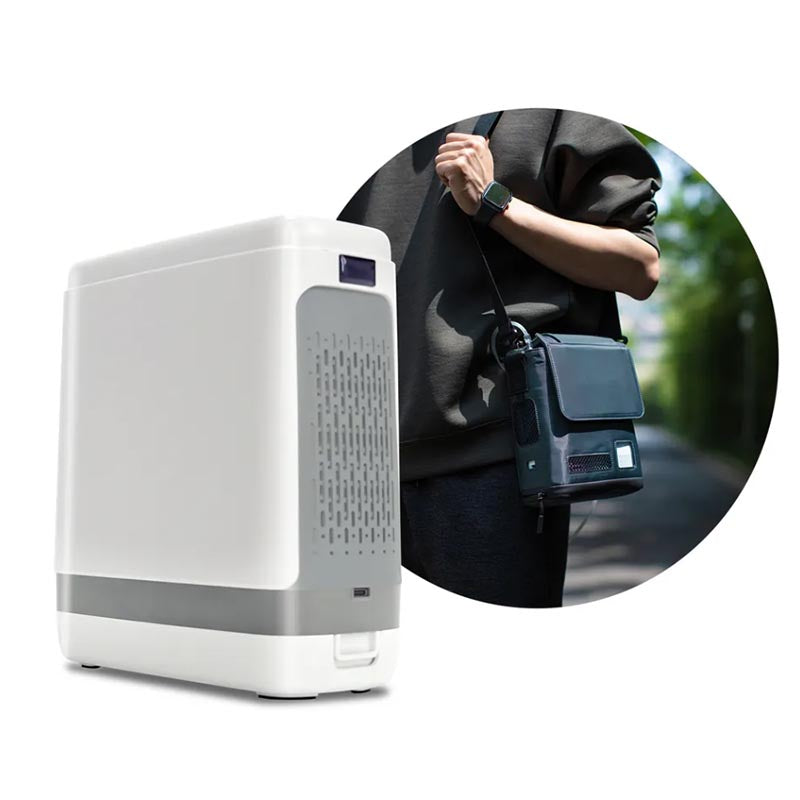Portable Oxygen Concentrators Can Be Fun For Anyone
Table of ContentsExcitement About Portable Oxygen ConcentratorsThe Greatest Guide To Portable Oxygen ConcentratorsWhat Does Portable Oxygen Concentrators Do?The 7-Second Trick For Portable Oxygen Concentrators
Fixed oxygen concentrators were as soon as the requirement, yet these storage tanks could consider 50 pounds and were really troublesome (Portable Oxygen Concentrators). Currently, portable oxygen concentrators get the job done, and they can suit a handbag or handbag! The only thing you must remember is that portable concentrators have extra minimal oxygen shipment capacitiesThere are 2 major kinds of mobile oxygen concentrators: pulse dosage and continuous flow. As the name recommends, pulse dosage concentrators supply oxygen periodically, just triggering when you breathe in. This type of device is normally advised for COPD clients with limited oxygen requirements, as the amount of O2 that a pulse dosage concentrator can provide is relatively reduced.
This tool can provide up to 3,000 m, L of oxygen every minute, while pulse dosage tools often tend to top out at 1250 m, L. Constant flow devices are the go-to for the majority of COPD individuals, as they're suitable for people who require 2 to 5 liters of oxygen a minute.
Now that you have this guide to the different kinds of mobile oxygen devices, choose the ideal device with the help of your physician.
The smart Trick of Portable Oxygen Concentrators That Nobody is Talking About
We realize Americans make use of residential versions in home treatment situations. We wondered exactly how well these portable oxygen concentrators would function in hospitals. POC concentrators raise the proportion of oxygen in ambient air individuals take in, whenever they need an increase. Private-use ones are little enough to bring about, and may assist prevent the demand to see stuffed clinics and health centers.
When it concerns mobile oxygen therapy, there are two primary choices for distribution. These are mobile oxygen cylinders which have pressed oxygen gas, or oxygen concentrators, which utilize a battery powered system to press and filter air, in order to develop a consistent supply of focused oxygen. In this blog post, AMS Composite Cylinders Technical Supervisor, Tony Morrin, compares both, checking out the pros and cons of each oxygen delivery system for NHS medical oxygen users in terms of client autonomy.

Portable Oxygen Concentrator Oxygen purity is regularly higher when provided from cylinders it never drops listed below 99. 6%, no matter the circulation rate required. In battery-powered concentrators, pureness is influenced by circulation price, and might be 90% or much less, relying on the equipment. Whilst oxygen concentrators can be valuable for patients that call for a lower flow of oxygen, cyndrical tubes provide greater concentrations that can be better for patients with high flow demands.
Some Known Questions About Portable Oxygen Concentrators.
Both systems require the patient to bring about devices. For cylinders, this will consist of lugging a bag (and sometimes a trolley) and for portable oxygen concentrators this will consist of the bag, cart and power battery charger. Weight smart, portable oxygen concentrators can be comparable in weight, or occasionally, lighter than traditional aluminium cyndrical tube systems.
They will have to improve dramatically if they are to give the exact same level of performance as similar composite cyndrical tubes. Oxygen constantly carries a her explanation safety danger. On one hand, must cylinders spring a leak, they can produce an oxygen rich atmosphere that might result in a rise in fire danger.

The distinction is that there are significant in advance expenses to acquiring a mobile oxygen concentrator, but lower running costs using cyndrical tubes enables the purchaser to spread out the expense over a prolonged amount of time. One small disadvantage of a mobile oxygen concentrator is the noise portable systems make a substantial quantity of sound throughout procedure, which numerous clients find disruptive.
Portable Oxygen Concentrators Can Be Fun For Everyone

Our high-quality carbon composite cyndrical tubes use high stress (300 Bar), reduced weight, and NLL (Non-Limited Life) performance, and are approved for usage worldwide. Additional information about AMS Compound Cylinders Ltd can be located at .
Oxygen concentrators are created with customer flexibility in mind. Whether it's a desktop version for home usage or a smaller, lightweight model for on-the-go, these tools permit people to move easily without being connected to a fixed device. Particularly for the ones especially made for transportability, patients can bring them around, facilitating travel and daily tasks easily.
Among the major conveniences of using an oxygen concentrator is the elimination of the regular demand to re-fill oxygen tanks. This not only decreases the logistical challenges and frequent prices related to refills however likewise ensures that the customer has a much more foreseeable and steady resource of oxygen. Oxygen concentrators are made to fit flawlessly right into the home environment.